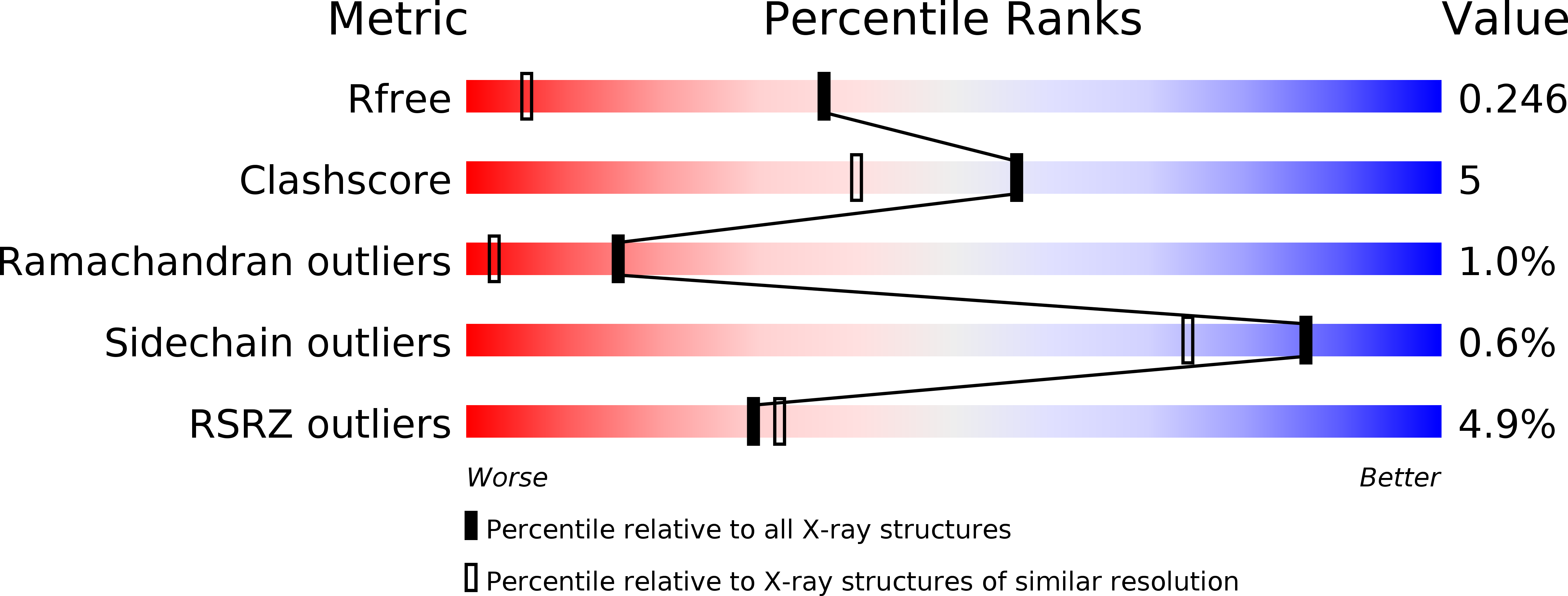
Deposition Date
2015-08-27
Release Date
2016-09-21
Last Version Date
2024-03-06
Entry Detail
PDB ID:
5DG4
Keywords:
Title:
Crystal structure of monomer human cellular retinol binding protein II-Y60L
Biological Source:
Source Organism:
Homo sapiens (Taxon ID: 9606)
Host Organism:
Method Details:
Experimental Method:
Resolution:
1.50 Å
R-Value Free:
0.24
R-Value Work:
0.22
R-Value Observed:
0.22
Space Group:
P 1


